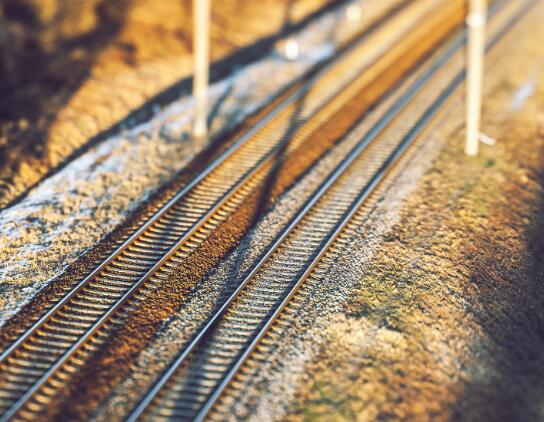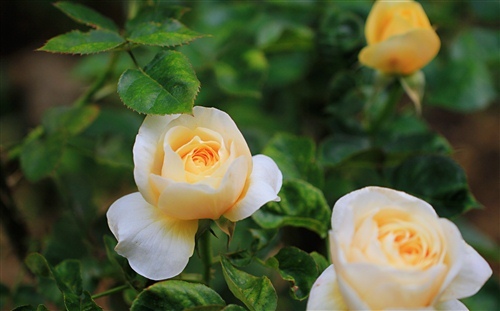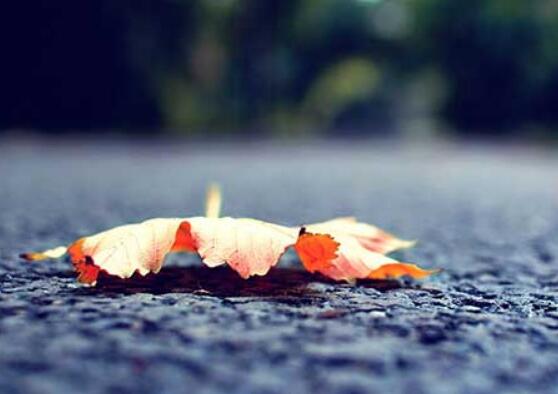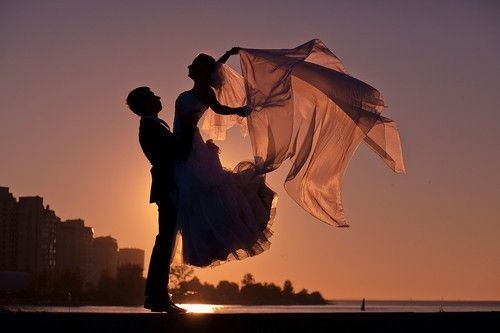
颐和园导游词怎么说
The Summer Palace Situated in the western outskirts of Haidian District, the Summer Palace is 15 kilometers (9.3 miles) from central Beijing. Having the largest royal park and being well preserved, it was designated, in 1960 by the State Council, as a Key Cultural Relics Protection Site of China. Containing examples of the ancient arts, it also has graceful landscapes and magnificent constructions. The Summer Palace is the archetypal Chinese garden, and is ranked amongst the most noted and classical gardens of the world. In 1998, it was listed as one of the World Heritage Sites by UNESCO.Constructed in the Jin Dynasty (1115-1234), during the succeeding reign of feudal emperors; it was extended continuously. By the time of the Qing Dynasty (1644-1911), it had become a luxurious royal garden providing royal families with rest and entertainment. Originally called 'Qingyi Garden' (Garden of Clear Ripples), it was know as one of the famous 'three hills and five gardens' (Longevity Hill, Jade Spring Mountain, and Fragrant Hill; Garden of Clear Ripples, Garden of Everlasting Spring, Garden of Perfection and Brightness, Garden of Tranquility and Brightness, and Garden of Tranquility and Pleasure). Like most of the gardens of Beijing, it could not elude the rampages of the Anglo-French allied force and was destroyed by fire. In 1888, Empress Dowager Cixi embezzled navy funds to reconstruct it for her own benefit, changing its name to Summer Palace (Yiheyuan). She spent most of her later years there, dealing with state affairs and entertaining. In 1900, it suffered again, being ransacked by the Eight-Power Allied Force. After the success of the 1911 Revolution, it was opened to the public.Composed mainly of Longevity Hill and Kunming Lake, The Summer Palace occupies an area of 294 hectares (726.5 acres), three quarters of which is water. Guided by nature, artists designed the gardens exquisitely so that visitors would see marvelous views and be amazed by perfect examples of refined craftwork using the finest materials.Centered on the Tower of Buddhist Incense (Foxiangge) the Summer Palace consists of over 3,000 structures including pavilions, towers, bridges, and corridors. The Summer Palace can be divided into four parts: the court area, front-hill area, front-lake area, and rear-hill and back-lake area.Front-Hill Area: this area is the most magnificent area in the Summer Palace with the most constructions. Its layout is quite distinctive because of the central axis from the yard of Kunming Lake to the hilltop, on which important buildings are positioned including Gate of Dispelling Clouds, Hall of Dispelling Clouds, Hall of Moral Glory, Tower of Buddhist Incense, the Hall of the Sea of Wisdom, etc.Rear-Hill and Back-Lake Area: although the constructions are fewer here, it has a unique landscape, with dense green trees, and winding paths. Visitors can feel a rare tranquility, and elegance. This area includes scenic spots such as Kunming Lake and Back Lake , which presents a tranquil beauty, Garden of Harmonious Interest , built by imitating the layout of Southern China’s classical gardens, and Suzhou Market Street, endowed with a strong flavor of the water town Suzhou.Court Area: this is where Empress Dowager Cixi and Emperor Guangxu met officials, conducted state affairs and rested. Entering the East Palace Gate, visitors may see the main palace buildings: the Hall of Benevolence and Longevity served as the office of the Emperor, the Hall of Jade Ripples where Guangxu lived, the Hall of Joyful Longevity, Cixi's residence, the Garden of Virtue and Harmony where Cixi was entertained, Yiyun House , where once lived the Empress Longyu, and Long Gallery, which measures the longest in Chinese gardens.Front Lake Area: covering a larger part of the Summer Palace, opens up the vista of the lake. A breeze fluttering, waves gleam and willows kiss the ripples of the vast water. In this comfortable area there are the Eastern Bank and Western Bank, Seventeen-Arch Bridge, Nanhu Island, the largest island in Summer Palace, Bronze Ox, an imposing statue beside the lake, and Marble Boat, built in western style with elaborate decorations . On the western bank float six distinct bridges amongst which the Jade-Belt Bridge is the most beautiful.
颐和园导游词
我们现在即将前往的就是颐和园,利用这一段时间,我向大家简短的介绍一下颐和园的历史以及现在的状况。
最早在辽金时代的时候,皇帝就已经开始在北京修建皇家园林了。
当时在今天的万寿山昆明湖一带修建了金山行宫,将这里称为金山、金山泊。
到了元朝,有将这改名为翁山、翁山泊。
而明代初期则改称西湖并修建了园静寺,命名为好山园。
到了万历是十六年,也就是1588年,这里已经具有一定的园林规模,享有“十里青山行画里,双飞白鸟似江南”的称誉。
然而让这里真正成为一处皇家园林的是清代。
在康熙年间就曾在此修建行宫,到了乾隆十四年到二十九年,也就是1749~1764年,就在原来的基础上修建了清漪园,扩湖,推山,将湖称为昆明湖,山叫做万寿山。
而且这里还成了著名的三山五园之一。
和我国古代的大多数皇家建筑一样,这里也没能躲过入侵者的践踏,在1860年这里被英法联军抢掠并且烧毁了。
过了一些年,慈禧太后挪用了海军经费对这里进行了重建,而且光绪皇帝下昭将这里改名为颐和园。
可是在1900年的时候,颐和园又再次遭到了八国联军(俄英法德意日美奥)的严重破坏。
从此之后对这里所进行的重修,因为财力不足,所以后山部分长期都没有修复。
到了1912年,依照清史的优待条件,颐和园仍然掌握在逊帝溥仪手中。
过了两年,这里曾作为他的私人财产一度开放,但是因为交通不便票价昂贵等原因,没什么人来。
在1924年溥仪被逐出颐和园后,北洋政府将这里正式改为对外开放的公园。
1948年12月,人民政府接受这里后,经过综合治理,仍然保持着其皇家园林的风貌。
而且这里还成为了世界上造景丰富、建筑集中、保存最完整的皇家园林。
颐和园导游词
大家好,我是你们的导游——王导,今天就由我来给大家讲解颐和园的风景名胜。
请大家随着我走。
现在,我手指的这个是著名的长廊。
这个长廊可不一般。
它全长700多米,分成273间。
大家可以看到,每间的横槛上都有许多五彩图画,画得各式各样,有人物、花草、风景,几千幅画没有哪两幅是相同的。
难怪被称为“世界第一廊”。
“宫女的传说”:有的书上说,长廊是乾隆为他母亲观赏昆明湖的雨景雪景而建造的。
乾隆是清朝入关后的第四代皇帝,他酷爱园林艺术,又对母亲非常孝顺乾隆十五年,为了给母亲办六十大寿,他动用了大量人力物力,扩展昆明湖,修建清漪园,在翁山上修建大报恩延寿寺,此后,改翁山为万寿山。
乾隆的母亲常在园中游览赏景。
为了让母亲游圆不受雨雪日晒之苦,又能饱揽昆明湖的雨景雪景,乾隆便在万寿山和昆明湖交界的岸边设计修建了一条长长的游廊。
乾隆皇帝的母亲喜欢听故事,经常一边在长廊中游览,一边让宫女给她讲各式各样的故事听。
有些她特别喜欢的故事,就让宫女们反复地讲。
时间一长,宫女们肚子里的故事讲完了,以前讲过的故事也记不清了,这可难坏了宫女们。
后来,她们想出了一个好办法:将故事的内容画在长廊两侧的梁枋上。
故事越讲越多,梁枋上的人物故事彩画也越来越丰富。
从此,宫女们再也不愁没有故事给太后讲了。
太后呢?因为年迈眼拙,看不清梁枋上的彩画,对此竟毫无察觉。
据说,这就是颐和园长廊人物故事彩画最初的来历。
大家往前看,这就是碧波荡漾的昆明湖。
这片湖静得像一面镜子。
游船经常从这里经过,大家可以听到船上游人们的欢歌笑语。
在昆明湖的上面,就是闻名遐迩的万寿山。
站在这里,我们可以看到颐和园的全部风景。
站在这里看,整个颐和园真可谓是无比壮观。
郁郁葱葱的树丛掩映着黄的绿的琉璃瓦屋顶和朱红的宫墙。
一座八角宝塔形的三层建筑耸立在半山腰上,黄色的琉璃瓦闪闪发光,这就是古香古色的佛香阁。
大家快随我看看这美丽的石桥吧
这座石桥有17个桥洞,叫十七孔桥。
桥栏杆上有上百根石柱,柱子上都雕刻着姿态不一的活灵活现的小狮子。
这座在历史上为帝王建造的古典园林,现已成为中国最著名的旅游参观热点之一,每年接待游客数百万人。
1986年,颐和园被联合国教科文组织列为世界文化遗产。
大家听了我的介绍,也心动了吧
那就亲自到颐和园看看吧
颐和园导游词
各位游客大家好,欢迎你们到北京颐和园来游玩,我是颐和园旅游公司的导游,大家可以称我为“小廖”,非常荣幸能为大家提供服务,希望在我的陪伴下,能让您度过愉快的一天,也能让您真正感受到颐和园这座皇家园林的魅力。
颐和园位于北京西郊,原为封建帝王的行宫花园。
原来的名字叫好山园。
清乾隆时改为清漪园。
1860年被英法联军所毁。
1888年慈禧太后挪用军费重建,改名颐和园。
颐和园总面积290万平方米,拥有宫殿园林建筑3000余间,湖水面积约占四分之三。
园中景象万千。
5万寿山丛林葱郁,昆明湖碧水荡漾,构成一幅美丽的皇家园林画卷,是世界著名的旅游胜地。
我先带大家去长廊游玩。
进了颐和园的大门,绕过大殿,就来到有名的长廊。
长廊长728米,分成273间。
每一间的横槛上都有五彩的画,画着人物、动物、花草、风景,几千幅画没有哪两幅是相同的。
长廊两旁栽满了花木,这一种花还没谢,那一种花又开了。
其中人物故事画最引人注目。
那就请游客们细细观赏吧
穿过长廊,就来到万寿山脚下,万寿山地处颐和园的中心部位。
南临昆明湖。
山上建有佛香阁、排云殿等,山上树木葱浓,宫殿金碧辉煌,是宫庭功能、宗教功能、园林功能的集中体现。
这里建筑宏伟,风景秀丽,充分展示了皇宫御苑的皇家气派。
各位游客不妨亲自登山,既锻炼了身体,又能沿途欣赏好风景。
接下来我向大家介绍昆明湖。
昆明湖面积约200多万平方米。
湖边围着长长的堤岸,湖沿有石舫,湖上有好几座式样不同的石桥,其中十七孔桥最引人注目,桥上有上百根石柱,石柱上都刻着各种各样、天然成趣的数百只狮子,它们率真大胆,美不胜收,有的正在绣球上灵巧地做着各种优美的动作,有的几只狮宝宝嬉戏在狮妈妈周围,欢蹦乱跳,尽情玩耍,狮妈妈慈爱地抚摸着小宝宝,眼里流露出欢欣的喜悦,金色的阳光洒在这些狮子们身上,像给予它们一种生命力,传续着人间动人的故事。
走在桥上,可以看到湖岸柳树成行,湖光山色,风景迷人,是颐和园最有名的景点。
走过十七孔桥,就可以观赏湖中小岛上的绚丽风景,那里别有一番情趣。
颐和园的美景真是说也说不尽,道也道不完,用“举世无双,独一无二”来形容她一点也不过分,她就像一颗璀璨的明珠,她的大气,她的精致,她浓郁的人文底蕴深深地吸引着中外游客。
小廖我真诚地希望您能在这得到美的享受,祝您玩得开心,游得尽兴。



